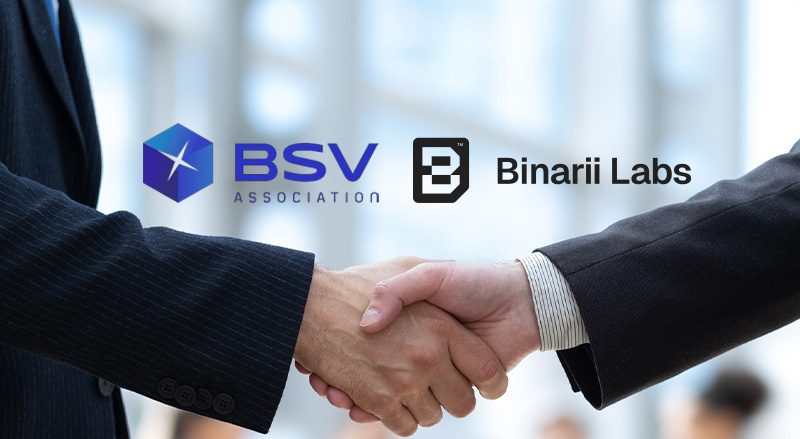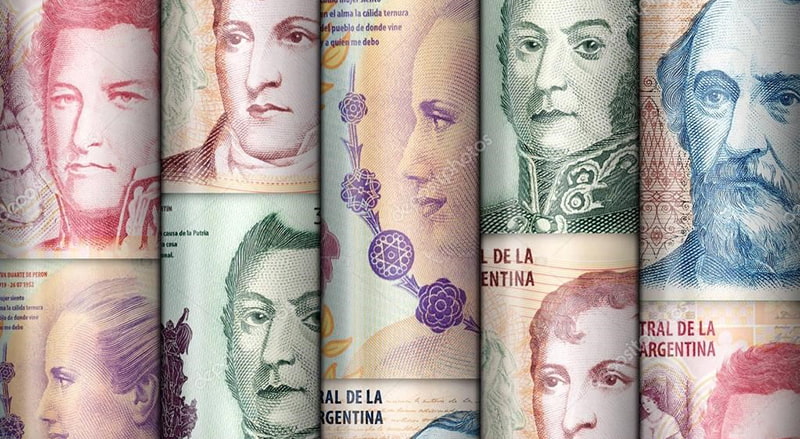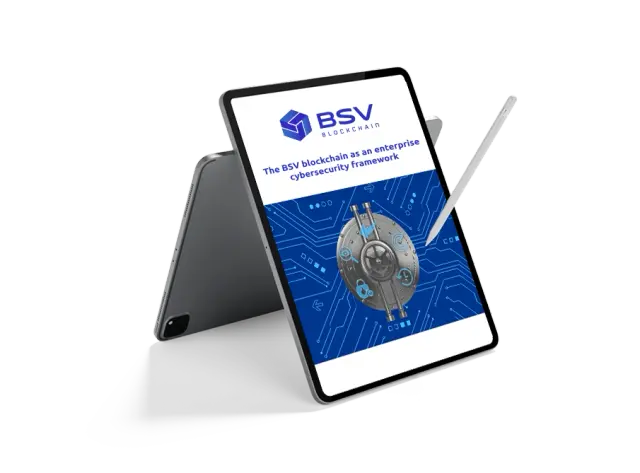Micropayments can be applied in the public sector to implement pay-per-use models in several key ways. However, not every payment system is capable of micropayments and almost none are capable of offering micropayments at a government or enterprise level.
The BSV blockchain, with fees as low as $0.0001, offers a cost-effective and efficient solution for processing micropayments, unlocking new opportunities for businesses.
It serves as a real-time financial and data commodity ledger, allowing service providers to focus on their customers and removing the need for payment gateways, shopping carts, and slow transaction processing. This technology enables entirely different models, such as open application access with paid advanced features.
The benefits of micropayments
Key to the value of micropayments is reducing the costs of actual transactions, says Bryan Daugherty, Public Policy Director at the BSV Blockchain Association. This includes providing instant, irreversible transactions which don’t rely on traditional legacy infrastructure.
This is important not only because of the cost benefits they offer but because of the additional security benefits, Daugherty said. ‘In government, micropayments can be used to enhance the efficiency of public services, making all these transactions more transparent.
‘I have done a lot of work in New York City where internally we have been able to streamline a lot of services which are beyond even the payment side of it but streamline infrastructure services by lowering costs,’ he said.
‘One example I often see discussed is how micropayments can be used to pay for public transportation or utilities or distributing social benefits.’
How micropayments can be applied in pay-pay-per-use models
The pay-per-use model involves charging users based on the specific services or resources they consume, rather than a flat fee. This approach can bring several benefits, such as increased efficiency, cost-effectiveness, and better alignment of costs with actual usage.
Daugherty noted that pay-per-use models with micropayments can make certain public services more accessible to low-income individuals who might find it challenging to afford flat fees.
Below are some of the other ways that micropayments can be applied in the public sector for pay-per-use models:
- Online service delivery: Government agencies can offer various digital services, such as access to databases, online publications, or specialised software tools, on a pay-per-use basis. Users would be charged small amounts for each specific service they access or each transaction they perform.
- Water and power: Micropayments can be applied to public utilities like water, electricity, or waste management services. Rather than charging a fixed rate, users would be billed based on their actual consumption, encouraging them to be more mindful of their usage and potentially reducing wastage.
- Transportation: In the public transport sector, micropayments can be employed for services like bike-sharing, electric scooter rentals, or public EV charging stations. People would only pay for the distance they travel or the time they use these resources.
- Document services: In government libraries or archives, access to certain documents or historical records can be provided on a pay-per-use basis. Researchers or individuals seeking specific information would pay a small fee for accessing particular documents or data.
- Voting and engagement: In some cases, micropayments can be used to encourage civic engagement. For instance, citizens could be rewarded with micropayments for participating in surveys, voting on public issues, or contributing to community-driven projects.






